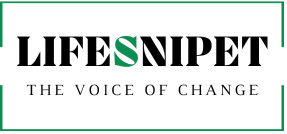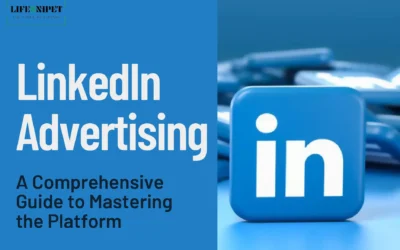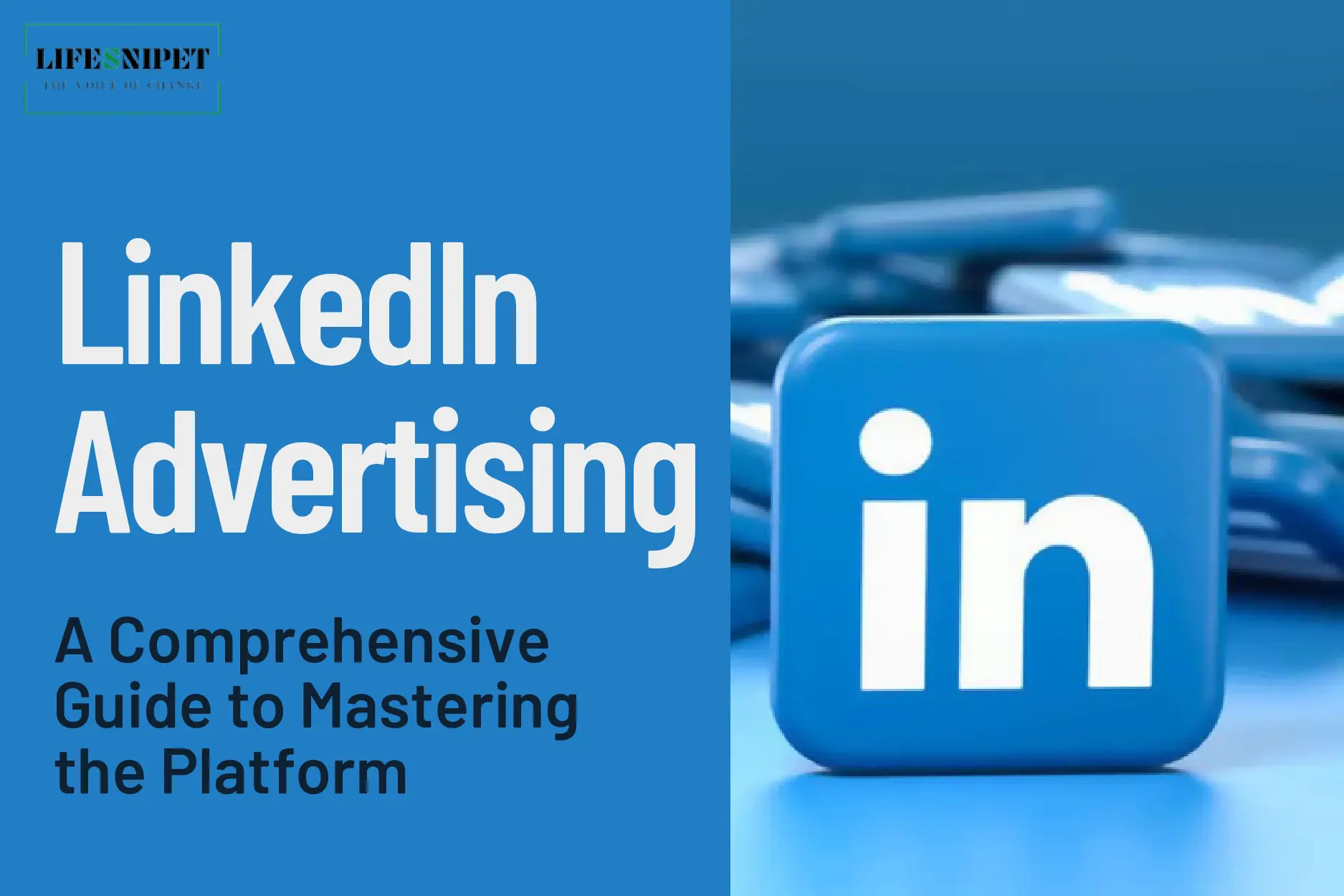In today’s fast-paced digital world, capturing your audience’s attention has become more challenging than ever. With countless advertisements vying for consumers’ focus, developing strategies that make your message stand out is crucial. Whether you’re diving into search engine marketing, exploring influencer collaborations, or leveraging social media advertising, understanding how to craft compelling advertisements is key to your success in the competitive landscape of online and video advertising.
You’ll discover various types of advertising and learn how to tailor your approach to your target audience. This article will guide you through creating visually appealing content, tapping into emotional connections, and optimizing the timing and placement of your ads. By mastering these techniques, you’ll be better equipped to create advertisements that not only grab attention but also leave a lasting impact on your audience, ultimately driving the results you’re aiming for.
Understanding Your Target Audience
To create effective advertisements, you need to have a deep understanding of your target audience. This involves analyzing various aspects of your potential customers, including their demographics, psychographics, and behavioral patterns. By gaining insights into these areas, you can tailor your advertising strategies to resonate with your audience more effectively.
Demographic Analysis
Demographic analysis is a crucial component of market research and consumer analysis. It involves collecting and examining specific characteristics of population groups. These characteristics typically include:
- Age
- Gender
- Race and ethnicity
- Socioeconomic information (employment, education, income)
- Marital status
- Location data (country, state, zip code)
- Device usage
By conducting a demographic analysis, you can identify and classify your target market, which represents those most likely to patronize your business and products. This information allows you to plan strategically for future campaigns and understand how your target market searches for information online and makes purchasing decisions.
To create a demographic analysis:
- Begin with secondary research to gather general information about demographics in your niche.
- Put together preliminary customer segments based on your findings.
- Create surveys with screeners that require the demographics you’ve discovered.
- Send surveys to specific people, such as previous customers or those on an email list.
- Analyze your findings and create documents with various segments based on demographics.
Psychographic Profiling
While demographic data provides valuable insights, psychographic profiling delves deeper into your audience’s characteristics. Psychographics focuses on understanding consumers’ emotions, values, and behaviors to market more accurately. This qualitative methodology studies consumers based on psychological characteristics and traits such as:
- Values and social status
- Desires and goals
- Interests and lifestyle choices
Psychographic profiling allows you to connect with customers on a level that truly speaks to their emotional wants and needs. By addressing these desires, you can motivate buyers based on things they will find beneficial to their lives.
To create effective psychographic profiles:
- Analyze personality traits using the five-factor model (openness, conscientiousness, extroversion, agreeableness, and neuroticism).
- Examine lifestyle factors, including day-to-day activities and associations.
- Explore interests, hobbies, and media consumption habits.
- Investigate opinions, attitudes, and beliefs.
Behavioral Patterns
Understanding your audience’s behavioral patterns is essential for creating targeted advertisements. Behavioral targeting allows you to tailor content and advertisements based on user’s individual preferences and actions. This approach contrasts with traditional mass marketing by using the wealth of data generated by users as they navigate websites, make online purchases, and engage with various online content.
To leverage behavioral patterns effectively:
- Collect and analyze user data, including click patterns, time spent on pages, and purchase histories.
- Use sophisticated data management platforms to place behavioral targeting ads that are highly relevant to users.
- Implement retargeting strategies to re-engage users who have already visited your website or interacted with your brand.
By combining demographic analysis, psychographic profiling, and behavioral patterns, you can create comprehensive buyer personas that guide your marketing strategy. This holistic approach allows you to deliver personalized ads that speak to each individual, potentially boosting engagement significantly.
Crafting Compelling Visual Content
To create advertisements that capture your audience’s attention, you need to understand the power of visual elements. By leveraging color psychology, effective imagery, and typography techniques, you can craft compelling visual content that resonates with your target audience and drives engagement.
Color Psychology
Color plays a crucial role in influencing consumer perceptions and behaviors. Research shows that color can affect up to 85% of customers’ purchasing decisions. When choosing colors for your advertisements, consider the following:
- Brand Personality: Colors can convey specific traits and emotions. For example, blue is often associated with security, strength, and trust, making it a popular choice for social media companies like Facebook and Twitter.
- Cultural Context: Be aware that color perceptions can vary across cultures. What works in one market might not be as effective in another.
- Contrast and Complementary Colors: Use complementary colors like blue and yellow or red and green to create visually appealing contrasts that grab attention.
- Color Combinations: Studies have found that consumers prefer color patterns with similar hues but also favor palettes with a highly contrasting accent color.
Effective Imagery
Visual elements are essential in capturing and maintaining your audience’s attention. To create effective imagery for your advertisements, consider these techniques:
- Rule of Thirds: Divide your image into thirds both vertically and horizontally. Place the most important elements at the intersections of these lines, as these are the areas where viewers’ eyes naturally land first.
- White Space: Use white space strategically to keep your image bright, relaxed, and focused on the product or service you’re promoting. It can also convey professionalism and elegance.
- Focal Point: Establish a strong focal point in your image, which should be the product or service you’re selling. Use colors, shapes, and leading lines to guide the viewer’s eye to this focal point.
- Visual Cues: Incorporate directional cues like arrows, lines, or the gaze of people in the ad to guide viewers’ attention to important elements.
Typography Techniques
Typography is a powerful tool for conveying your message and establishing brand identity. Here are some techniques to enhance your advertisements:
- Font Selection: Choose fonts that match your brand personality and the message you want to convey. For example, a whimsical font might work well for children’s products, while a sophisticated font could be better suited for high-tech gadgets.
- Hierarchy: Establish a clear visual hierarchy using different font styles for headlines, subheadings, and body text. This helps guide readers through your ad and emphasizes key points.
- Contrast: Experiment with font size, weight, and style variations to create visual contrast and draw attention to important elements of your message.
- Color and Readability: Ensure there’s enough contrast between your typography and the background to maintain legibility. Your color choices should harmonize with the overall design and reinforce your brand identity.
By carefully considering these visual elements and techniques, you can create advertisements that not only capture your audience’s attention but also effectively communicate your message and reinforce your brand identity.
Leveraging Emotional Appeals
To capture your audience’s attention effectively, you need to tap into their emotions. By leveraging emotional appeals in your advertisements, you can create a lasting impact and drive action. Let’s explore three powerful techniques: storytelling, humor, and creating FOMO (Fear of Missing Out).
Storytelling in Ads
Storytelling is a potent tool in marketing that helps you compellingly communicate your message. It allows you to humanize your brand and build a stronger connection with your audience. When you use storytelling in your advertisements, you’re not just selling a product; you’re creating an experience that resonates with your viewers on an emotional level.
Here’s why storytelling is so effective:
- It simplifies complex messages: Stories can help you explain abstract concepts in a relatable way, making it easier for your audience to understand and remember your message.
- It promotes and shapes ideas: By engaging different parts of the brain, stories can influence social behaviors and change perspectives.
- It brings people together: Stories create a sense of community by tapping into universal emotions and experiences.
- It inspires and motivates: Authentic storytelling can inspire action and foster brand loyalty by creating a narrative around your brand or product.
To implement storytelling in your ads, consider using various mediums. For example, Coca-Cola created an innovative augmented reality (AR) campaign where customers could see one of 12 stories come to life by pointing their phone’s camera at a can of Coke.
Using Humor
Humor is a powerful creative tool that can significantly enhance the effectiveness of your advertisements. According to Kantar’s AdReaction study, humor is the most potent creative enhancer of receptivity across all generations. Here’s why you should consider incorporating humor into your ads:
- It makes your ads stand out: Humorous ads are more expressive (+27 point increase), involving (+14), and distinct (+11) compared to non-humorous ads.
- It builds affinity: By making your audience laugh, you can create a stronger bond with them, similar to how we bond with friends who make us laugh.
- It humanizes your brand: Humor offers an excellent opportunity to make your brand more relatable and approachable.
When using humor in your ads, keep these tips in mind:
- Align the type of humor with your brand’s emotional target.
- Consider using visual or physical humor for cross-border appeal.
- Collaborate with professional comedians or popular content creators to craft effective humorous content.
Creating FOMO
FOMO, or Fear of Missing Out, is a powerful psychological trigger that you can use to drive conversions and reduce abandoned baskets. FOMO marketing combines three key elements: social proof, urgency, and scarcity. Here’s how you can leverage FOMO in your advertisements:
- Limited-time offers: Create a clear deadline for deals or sales to encourage quick decision-making.
- Flash sales: Offer substantial discounts for a short period to drive immediate sales.
- Exclusive access: Provide special privileges to loyal customers, making them feel part of an exclusive group.
- Social proof notifications: Show real-time updates on product views, purchases, or limited stock to create a sense of urgency.
- Countdown timers: Use visible timers to emphasize deadlines and encourage impulse purchases.
By incorporating these FOMO techniques, you can create a sense of urgency and exclusivity that motivates your audience to take action quickly.
Optimizing Ad Placement and Timing
Multi-Channel Strategies
To maximize the impact of your advertisements, you need to adopt a multi-channel approach. This strategy allows you to reach consumers throughout the entire funnel, creating a cohesive story across various channels such as native, display, video, connected TV (CTV), and audio. By using a mix of complementary channels, you can increase your reach and craft a brand story that resonates with your audience throughout their customer journey.
Multi-channel targeting enables you to capture users who may only be active on certain platforms, thereby increasing your overall reach. For instance, if a campaign runs on native advertising alone, it may reach 53% of a target audience. However, combining native with display advertising can boost the total campaign reach to 87%.
To implement an effective multi-channel strategy:
- Identify the channels your target audience uses most frequently
- Create consistent messaging across all chosen channels
- Use programmatic advertising to streamline distribution across multiple platforms
- Implement cross-device targeting to reach your audience on desktop, mobile, tablet devices, and connected TVs
Peak Engagement Hours
Understanding when your audience is most active and receptive to your advertisements is crucial for optimizing your ad placement and timing. While the best times to post can vary depending on your industry and target audience, some general trends have emerged across social media platforms.
According to Sprout Social’s analysis of nearly 2 billion engagements across multiple social platforms, the best times to post on social media are:
- Mondays from 11 a.m. to noon
- Tuesdays from 10 a.m. to 2 p.m. and 3 to 4 p.m.
- Wednesdays from 9 a.m. to 3 p.m.
- Thursdays from 9 a.m. to 2 p.m.
- Fridays from 10 to 11 a.m.
For specific platforms, consider the following peak engagement hours:
- Facebook: Mondays through Fridays, 9 a.m. to 2 p.m.
- Instagram: Weekdays, 10 a.m. to 2 p.m. (Tuesdays and Wednesdays until 4 p.m.)
- LinkedIn: Tuesdays and Wednesdays, 10 a.m. to noon; Thursdays at 10 a.m.
- TikTok: Tuesdays and Fridays, 4 to 6 p.m.; Wednesdays and Thursdays, 9 to 11 a.m. and 2 to 6 p.m.
Seasonal Considerations
Seasonal marketing plays a significant role in consumer behavior, and tailoring your advertising strategies to match changing seasons can greatly enhance your campaign’s effectiveness. To leverage seasonal trends effectively, consider the following:
- Plan: Start planning seasonal campaigns well in advance, as they tend to sneak up on you. For example, holiday campaigns like Black Friday and Cyber Monday typically start weeks before key dates.
- Analyze past performance: Review your prior seasonal ad campaigns from the previous two years to gain insights into current trends and identify which products or services to focus on.
- Align with emotional aspects: Seasonal campaigns often revolve around events that are meaningful to consumers, such as Mother’s Day or Father’s Day. Tap into the emotional aspects of these occasions to inspire your audience.
- Utilize interactive ad formats: Leverage interactive creative ad formats, such as dynamic countdown ads, to capture attention and create a sense of urgency during seasonal events.
- Consider industry-specific timing: Different industries may have unique peak seasons. For example, in the nursery industry, budget allocation and campaign targeting for products like Bare Root plants should be adjusted seasonally, with activity stopping in summer and restarting in autumn.
By optimizing your ad placement and timing through multi-channel strategies, understanding peak engagement hours, and considering seasonal factors, you can create more effective and impactful advertising campaigns that resonate with your target audience.
Conclusion
Capturing your audience’s attention in today’s digital landscape demands a strategic advertising approach. By understanding your target audience, crafting compelling visual content, leveraging emotional appeals, and optimizing ad placement and timing, you can create advertisements that stand out and make a lasting impact. These strategies have a significant influence on how effectively your message resonates with consumers and drives the desired actions.
To wrap up, the key to successful advertising lies in combining these various elements into a cohesive and well-executed campaign. By putting these techniques into action, you can create advertisements that not only grab attention but also build meaningful connections with your audience. This approach leads to improved engagement, brand loyalty, and ultimately, better results for your advertising efforts.
FAQs
1. What are effective methods to grab attention in advertising?
To effectively capture consumer attention in advertising, consider these strategies: Personalize your message to resonate with specific individuals or groups, use impactful images to convey your message, engage your audience through social media interactions, and keep your communication straightforward and easy to understand.
2. Can you suggest a strategy to engage an audience effectively?
One effective strategy to engage an audience is to pose questions that provoke thought. For instance, in online training sessions, presenting a hypothetical scenario and asking participants to imagine their responses before introducing the standard protocol can significantly enhance engagement.
3. What techniques can I use to capture my audience’s attention?
To catch your audience’s attention, highlight something significant about them or the current situation, display an intriguing visual, ask a challenging question, or share a fact that is surprising, humorous, or concerning.
4. How do advertisements draw people’s attention?
Advertisements attract attention by utilizing appealing images and sounds that stimulate the senses, such as sight and sound. Promoting a unique ingredient or feature can suggest superior efficacy, while endorsements from celebrities about their positive experiences with the product can also be highly persuasive.

Welcome to LifeSnipet! At LifeSnipet, we’re your ultimate source for the latest health updates. Specializing in health and fitness-related diseases, we delve deep into Ayurvedic techniques, providing you with a comprehensive understanding of well-being. Explore our real-time updates, detailed articles, and ancient Ayurvedic wisdom for a holistic approach to health. Embark on a journey to a healthier, vibrant life with LifeSnipet – where your well-being is our priority!











